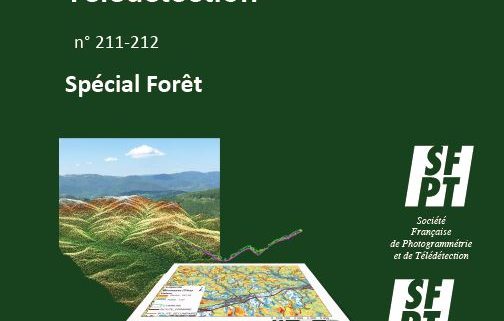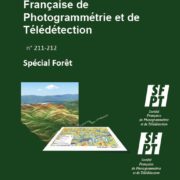An integrated model to estimate the accuray of digital orthoimages from high resolution satellite imagery
Fernando J. Aguilar, Manuel A. Aguilar, Fernando Carvajal Ramírez, Francisco Agüera Vega,
2005
Revue Française de Photogrammétrie et de Telédétection. ISPRS Commission Technique I, Symposium, nº 184: 11-16
http://www.scopus.com/inward/record.url?eid=2-s2.0-34848928190&partnerID=MN8TOARS
ABSTRACT
In this work, a theoretical-empirical model has been developed for the modelling of the local geometric accuracy of digital orthoimages from panchromatic QuickBird Very High Resolution Satellite Imagery (VHRSI). The empirical component integrates the error of sensor orientation and its propagation to the orthoimage generation process. The theoretical component, mainly a geometrical study from QuickBird Image Metadata File, seeks to model the propagation of DEM error throughout the orthorectificacion process in addition to the previous errors of the bundle adjustment. For the goal of model developing and calibration, a panchromatic QuickBird Basic Imagery was acquired on 19 December 2004, registering a mean collected GSD of 0.62 m, off-nadir view angle of 8.4º and an azimuth and elevation angle of the satellite with respect to the centre of the image of 123.3º and 80.9º respectively. The QuickBird image employed covered an area of 17 x 18 Km over the district of Níjar, located at the North-East of Almería city, Spain. It was centred on the UTM coordinates European Datum ED50 (easting and northing) of 577,848 and 4,087,277 m. The Toutin’s 3D physical model was the selected method to compute the bundle adjustment and so to carry out the sensor orientation using PCI Geomatica OrthoEngine software v. 9.1.7. On this score, 3D coordinates of 124 ground points were measured by means of high precision differential GPS techniques. From the whole set of ground points, a sub-set of 45 ones uniformly distributed was selected for the sensor orientation (GCPs), whereas the remaining 79 were used as independent check points (ICPs) to assess the performance of the developed model regarding to the average error of the final orthoimages. Inasmuch to the results, the empirical component, which takes into account the effect of pointing error and number and accuracy of GCPs on sensor orientation, presented an acceptable fitting to the experimental data, with a regression coefficient R2 = 0.932. The theoretical component also offered good results, observing like the proposed model reproduces with reasonable accuracy the statistical behaviour of the 2D orthoimage errors measured at the 79 ground points checked. The findings obtained in this work could be used as a guide for the selection of appropriate operational parameters in projects related to digital cartography production and updating from QuickBird imagery.









Dejar un comentario
¿Quieres unirte a la conversación?Siéntete libre de contribuir